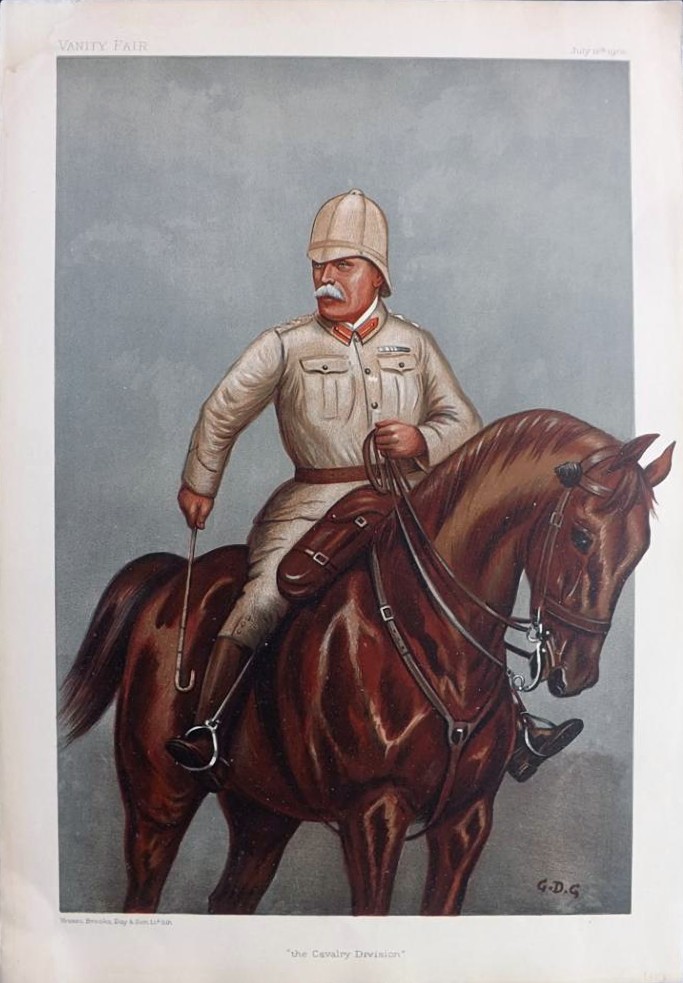French (tunic) on:
[Wikipedia]
[Google]
[Amazon]
''French'' ( ) was the designation of a particular type of military jacket or tunic in the  The main features of the ''french'' were as follows:
* soft collar – turndown version or standing version with button fastening,
* cuffs adjustable with the use of martingales or buttons
* four big pockets (appliquéd, with buttons) with flaps (two upper chest, two below).
In the Red Army of the
The main features of the ''french'' were as follows:
* soft collar – turndown version or standing version with button fastening,
* cuffs adjustable with the use of martingales or buttons
* four big pockets (appliquéd, with buttons) with flaps (two upper chest, two below).
In the Red Army of the
Френч
// Крысин Л.П. Толковый словарь иноязычных слов. — Эксмо, 2008. — 944 с. *
Russian Empire
The Russian Empire was an empire that spanned most of northern Eurasia from its establishment in November 1721 until the proclamation of the Russian Republic in September 1917. At its height in the late 19th century, it covered about , roughl ...
and later in the Union of Soviet Socialist Republics (USSR).
In the years immediately preceding the start of World War I
World War I or the First World War (28 July 1914 – 11 November 1918), also known as the Great War, was a World war, global conflict between two coalitions: the Allies of World War I, Allies (or Entente) and the Central Powers. Fighting to ...
, several new models of khaki-grey uniform jackets were adopted in Russia for service wear by Imperial Army officers. In most cases these were related to (and influenced by) the latest creations in the armies of France
France, officially the French Republic, is a country located primarily in Western Europe. Overseas France, Its overseas regions and territories include French Guiana in South America, Saint Pierre and Miquelon in the Atlantic Ocean#North Atlan ...
and the United Kingdom
The United Kingdom of Great Britain and Northern Ireland, commonly known as the United Kingdom (UK) or Britain, is a country in Northwestern Europe, off the coast of European mainland, the continental mainland. It comprises England, Scotlan ...
. These loose-fitting and practical garments received the collective designation ''french'' in tribute to the supreme commander of the British Expeditionary Force to France, field marshal John French.
Soviet Union
The Union of Soviet Socialist Republics. (USSR), commonly known as the Soviet Union, was a List of former transcontinental countries#Since 1700, transcontinental country that spanned much of Eurasia from 1922 until Dissolution of the Soviet ...
it was usually worn by commanding officers, chiefs and political officers and from 1924 to 1943.
In the air force there was a limited number of ''frenches'' regularly worn by British officers. It was characterised by an open collar, to be worn with tie or scarf.
Evolution to the ''Stalin tunic''
The ''French'' tunic eventually evolved in the 1920s to the Stalin tunic, which was adopted by several political leaders, such asJoseph Stalin
Joseph Vissarionovich Stalin (born Dzhugashvili; 5 March 1953) was a Soviet politician and revolutionary who led the Soviet Union from 1924 until Death and state funeral of Joseph Stalin, his death in 1953. He held power as General Secret ...
.
References
Френч
// Крысин Л.П. Толковый словарь иноязычных слов. — Эксмо, 2008. — 944 с. *
See also
* Military uniform * List of Russian inventions {{Russian souvenirs, state="expanded" 19th-century fashion 20th-century fashion Uniforms Military uniforms Russian clothing